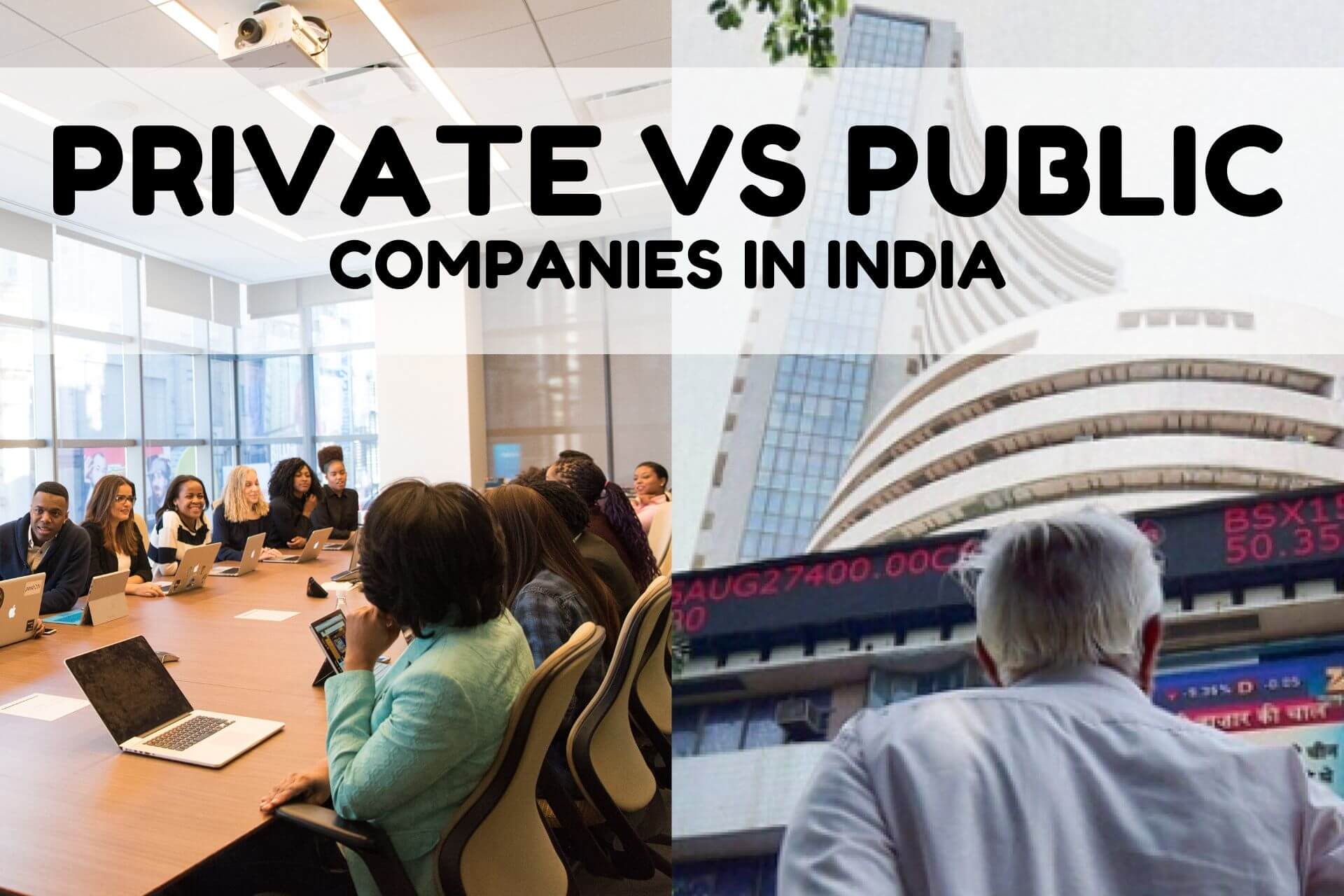Welcome to company and private life chapter 1, an exploration of the intricate relationship between work and personal life. As the boundaries between these spheres blur, it’s crucial to navigate this delicate balance to foster well-being, productivity, and ethical practices.
This comprehensive guide delves into the legal and ethical implications of workplace privacy, the impact of work-life balance on company performance, and the art of creating workspaces that support both productivity and well-being.
Impact of Work-Life Balance on Company Performance

In today’s competitive business landscape, companies are recognizing the paramount importance of fostering a healthy work-life balance for their employees. This shift towards prioritizing employee well-being has been driven by a growing understanding of its positive impact on overall company performance.
When work encroaches upon personal time, it’s easy to feel like we’re losing control. But just as we strive for balance in our company and private life (Chapter 1), we can also dream of freedom (Chapter 1). Dreaming Freedom explores the idea of breaking free from societal norms and embracing our true selves.
By learning to let go of expectations and pursuing our passions, we can create a life that is truly our own, where company and private life can coexist harmoniously.
Flexible work arrangements, such as remote work options and flexible scheduling, have emerged as key enablers of work-life balance. By allowing employees to better manage their personal and professional responsibilities, these arrangements contribute to increased job satisfaction, reduced stress levels, and improved overall health.
Employee Well-being Programs
Employee well-being programs, which encompass initiatives such as mental health support, fitness incentives, and financial planning assistance, play a crucial role in promoting work-life balance. By addressing the holistic well-being of employees, these programs help reduce burnout, improve morale, and foster a positive work environment.
Examples of Successful Implementations
Numerous companies have successfully implemented work-life balance initiatives and reaped the benefits. For instance, Google’s renowned “20% time” policy allows employees to dedicate a portion of their work hours to personal projects, fostering creativity and innovation.
Another notable example is Patagonia, an outdoor clothing company that has implemented a generous parental leave policy and encourages employees to prioritize their personal lives. As a result, Patagonia has consistently ranked among the best places to work, attracting and retaining top talent.
Legal and Ethical Considerations for Privacy in the Workplace

In today’s digital age, where technology pervades every aspect of our lives, privacy has become a growing concern in the workplace. Companies have a legal and ethical obligation to protect the privacy of their employees, while also balancing the need for workplace productivity and security.
There are numerous legal frameworks in place to safeguard employee privacy. These laws vary by country and jurisdiction, but generally prohibit employers from collecting, using, or disclosing employee data without their consent. Employers must also take reasonable steps to protect employee data from unauthorized access, use, or disclosure.
Ethical Concerns Regarding Surveillance Technologies and Data Collection, Company and private life chapter 1
Beyond legal obligations, companies also have ethical responsibilities to consider when it comes to employee privacy. The use of surveillance technologies, such as workplace monitoring software and GPS tracking devices, raises ethical concerns about the potential for employee surveillance and data misuse.
Balancing company and private life can be a delicate dance, like the intricate moves of Jujutsu Kaisen chapter 220. As we navigate the complexities of this balancing act, remember that just like in the jujutsu kaisen chapter 220 , the key lies in finding harmony between our professional and personal worlds.
- Employee Consent: Employers should obtain explicit consent from employees before collecting or using any personal data, including location data, browsing history, or keystrokes.
- Transparency and Accountability: Companies should be transparent about their data collection practices and provide employees with clear information about how their data is being used.
- Minimization of Data Collection: Employers should only collect data that is necessary for legitimate business purposes and minimize the amount of data collected.
- Data Security: Companies must implement robust security measures to protect employee data from unauthorized access, use, or disclosure.
Balancing Company Goals with Employee Rights

In the dynamic tapestry of modern workplaces, striking a harmonious balance between company objectives and employee rights is a delicate art. Respecting the fundamental rights of employees, such as privacy, freedom of speech, and fair treatment, is not only an ethical imperative but also a strategic investment in a thriving and productive work environment.
By fostering a workplace culture that values both company goals and individual rights, organizations can reap the benefits of increased employee morale, loyalty, and innovation. This delicate balance can be achieved through a multifaceted approach that encompasses transparent policies, open communication, and a commitment to fair treatment.
Respecting Employee Privacy
Respecting employee privacy is paramount in building a trusting and respectful workplace. Companies should establish clear policies outlining the boundaries of acceptable data collection and usage. This includes obtaining explicit consent before gathering personal information, ensuring data security, and limiting the use of employee monitoring technologies to necessary situations.
Protecting Freedom of Speech
Freedom of speech is a fundamental right that extends to the workplace. Employees should be allowed to express their opinions and ideas, even if they differ from those of the company. This open dialogue fosters a culture of innovation and critical thinking, ultimately benefiting the organization.
In the depths of our hearts, where the boundaries between our company and private life blur, we find ourselves navigating a delicate balance. Like a thread that weaves through the tapestry of our existence, the truth unravels, leading us to a profound understanding of our own duality.
Before we delve into the complexities of this truth, let us revisit the foundation laid in Company and Private Life Chapter 1, where the seeds of our journey were sown. As we continue our exploration, may we embrace the wisdom that awaits us in Before Truth Chapter 2 , where the veil of illusion lifts, revealing the true nature of our being and the intertwining of our public and private selves.
Ensuring Fair Treatment
Fair treatment is a cornerstone of employee rights. Companies should establish clear policies and procedures for hiring, firing, promotions, and disciplinary actions. These policies should be applied consistently and without bias, ensuring that all employees are treated equitably.
Designing Workspaces that Support Well-being and Productivity: Company And Private Life Chapter 1

In the modern workplace, where employees spend a significant portion of their time, the design of workspaces has a profound impact on their well-being and productivity. Creating workspaces that prioritize employee comfort, reduce stress, and foster collaboration is essential for businesses seeking to enhance employee engagement and drive organizational success.
Natural Light and Ergonomic Furniture
Natural light is a crucial element in workspace design. It not only reduces eye strain and headaches but also improves mood, cognitive function, and sleep quality. Incorporating large windows or skylights into the workspace allows for ample natural light to enter, creating a more inviting and stimulating environment. Ergonomic furniture, such as adjustable chairs and desks, supports employees’ physical well-being by reducing discomfort and promoting proper posture. This helps prevent musculoskeletal disorders and improves overall productivity.
Open Communication Areas
Open communication areas are essential for fostering collaboration and teamwork. These spaces, such as break rooms or lounge areas, provide opportunities for employees to connect informally, share ideas, and build relationships. They also encourage a sense of community and belonging, which contributes to employee morale and job satisfaction.
Closing Notes

Striking the right balance between company goals and employee rights requires a nuanced approach that values both individual well-being and organizational success. By embracing flexibility, respecting privacy, and fostering a culture of respect, we can create workplaces that empower employees and drive innovation.
